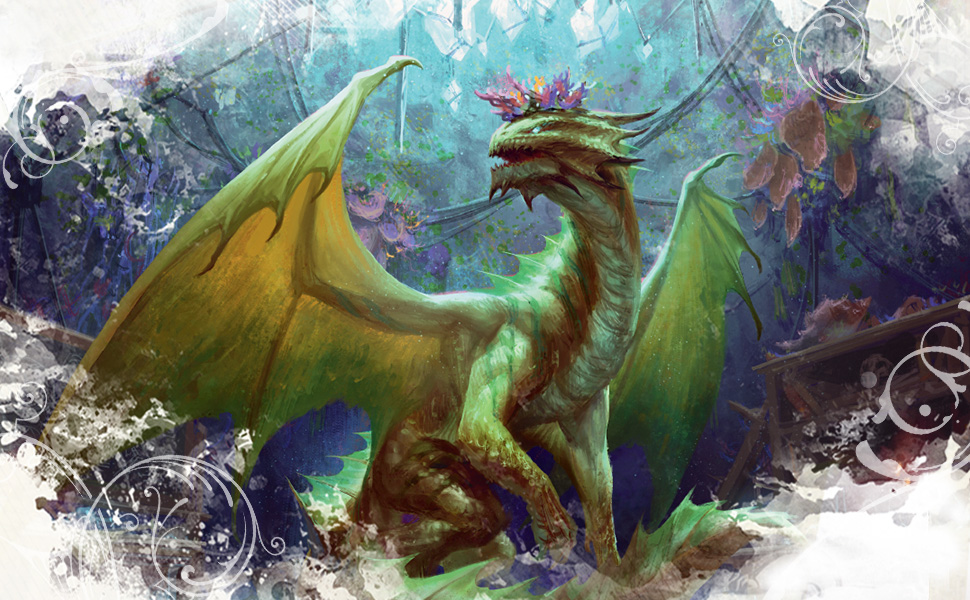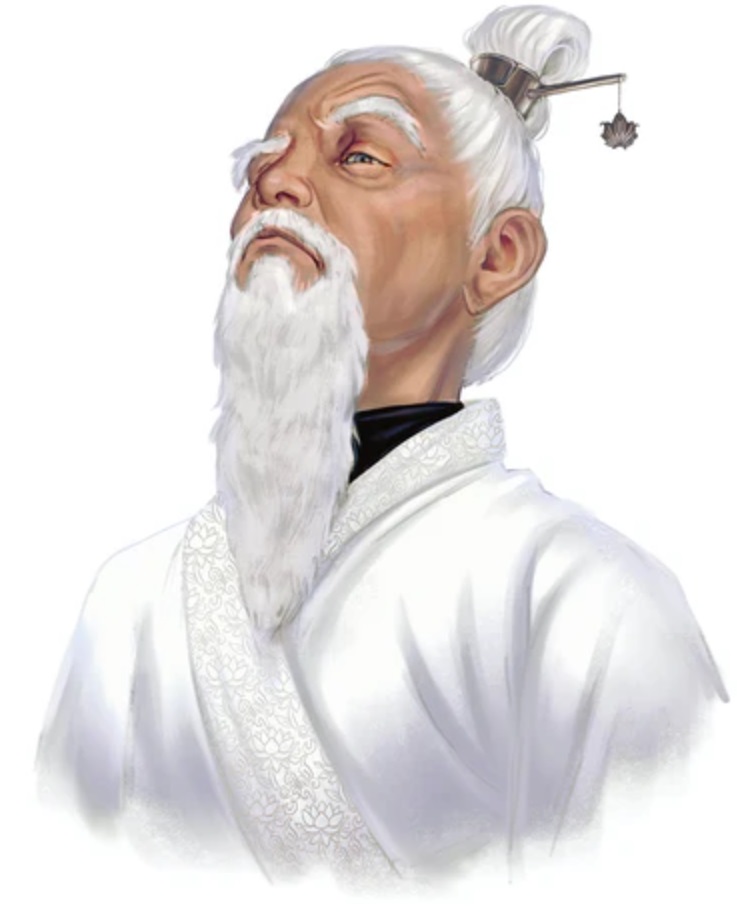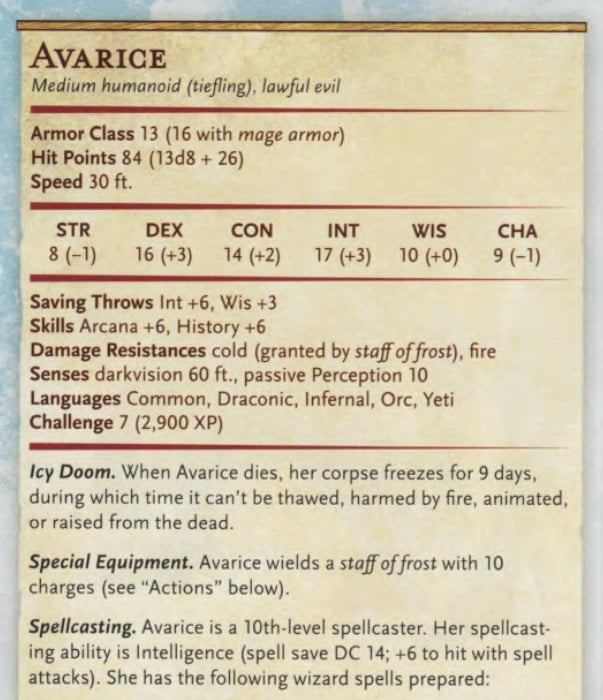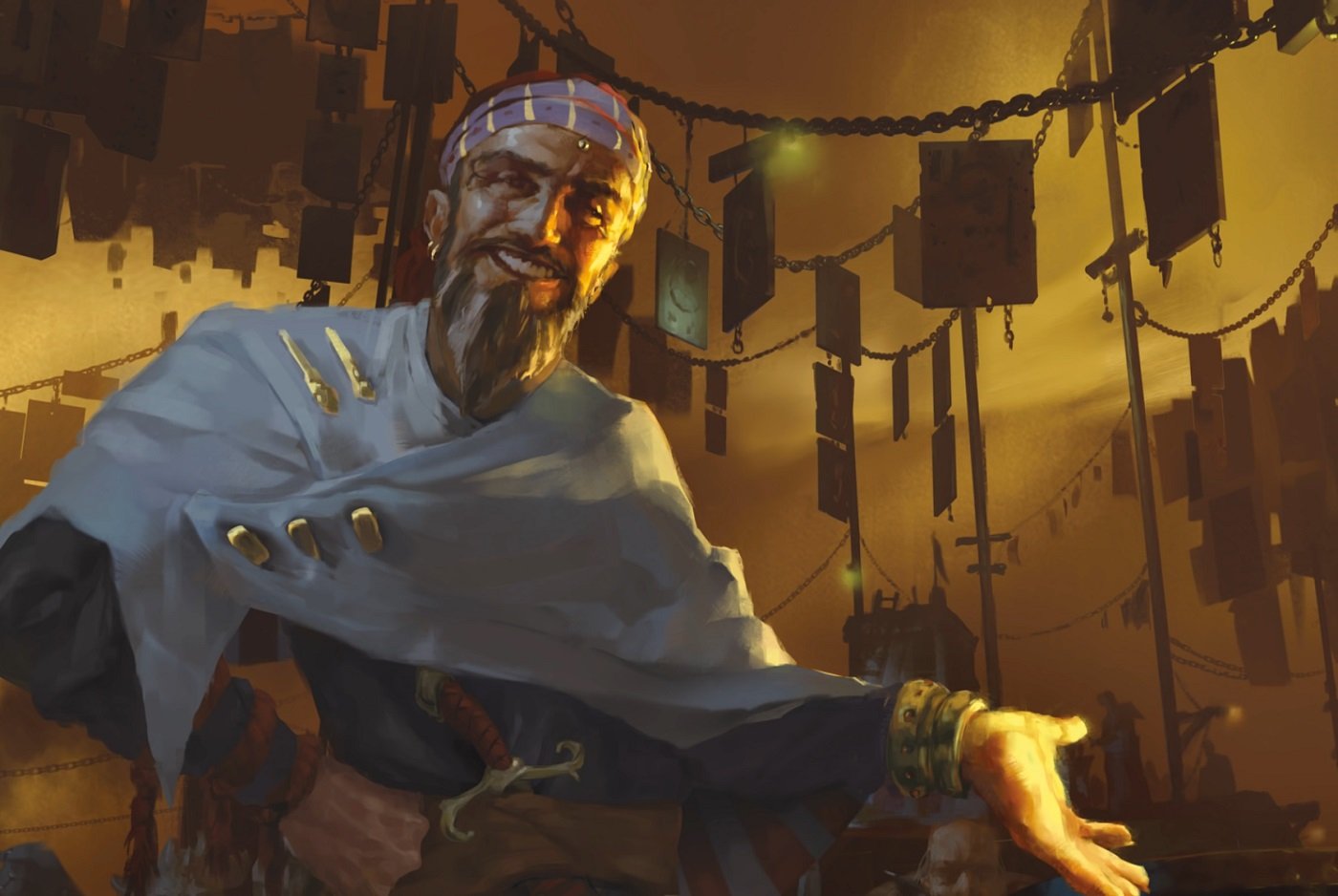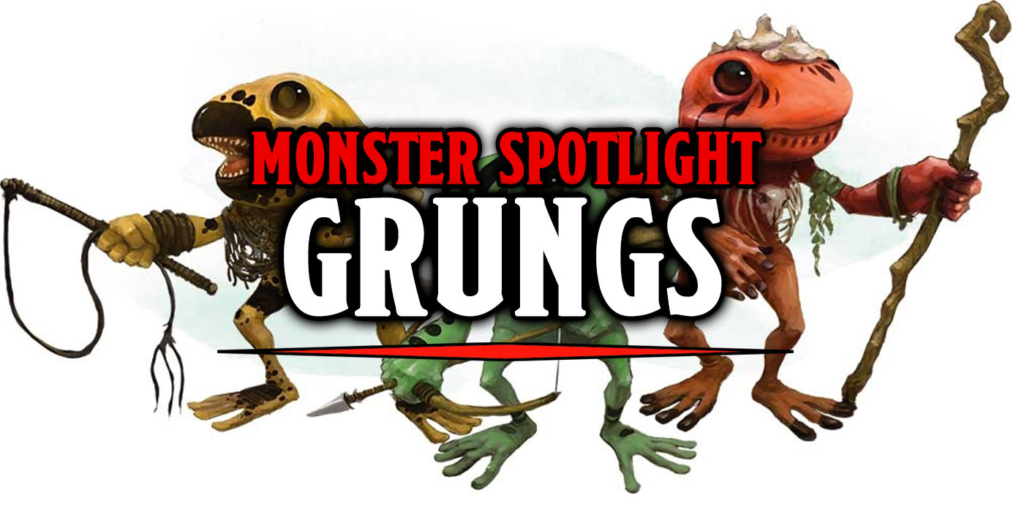D&D: Alignment Axed For New Monsters – Confirmed
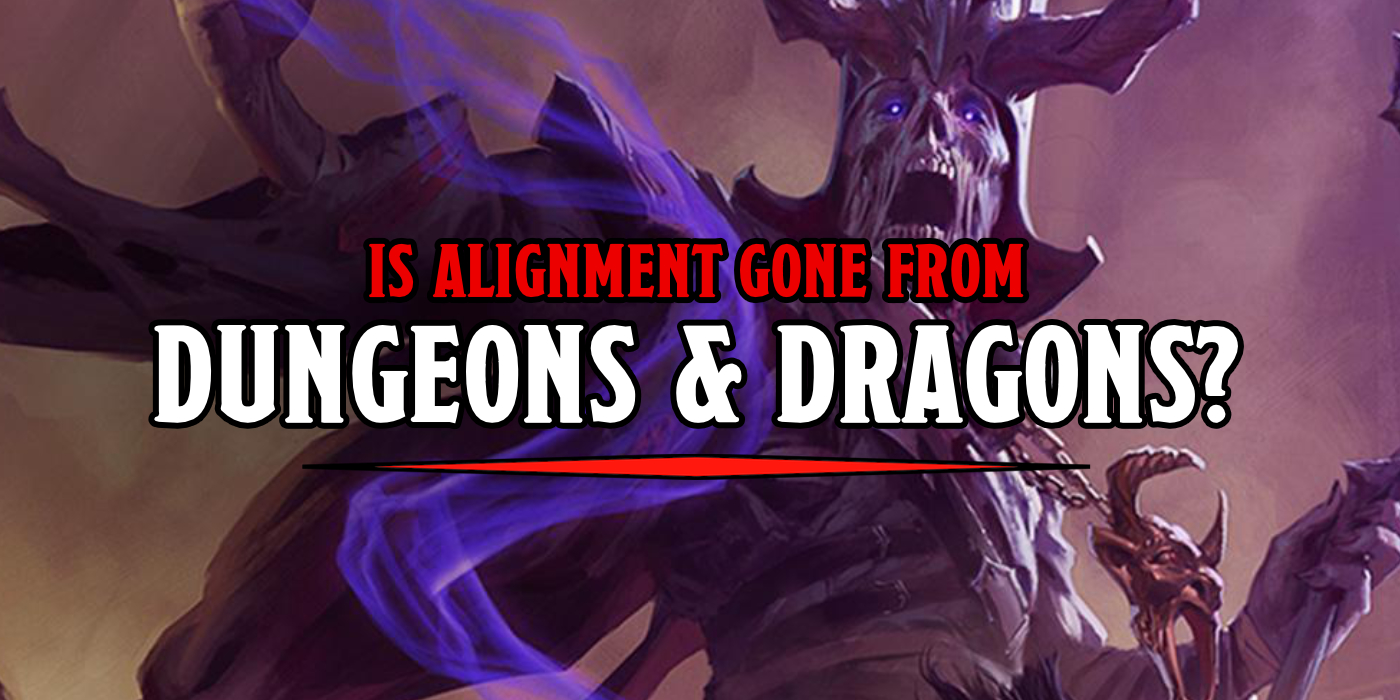

Candlekeep Mysteries is, in many ways, a glimpse at what the future holds for D&D–and it’s looking like the future is neither good, evil, or neutral.
You will find many things in the pages of Candlekeep Mysteries. You’ll find an adventure that ends in the one place that hasn’t been corrupted by capitalism:
You’ll find an adventure that takes you into a magical book. Or a literal faerie tale that has you fighting in enchanted forests as you race through some quaint and curious volume of forgotten lore. There are martial arts masters who have traded their ethics for power, corrupt disciples who will stop at nothing to get ahead, misguided cultists, undead monsters, malevolent giants, benevolent healers, mystics, even a preserved archwizard or two.
The only thing you won’t find is a mention of whether or not these creatures are good, evil, lawful, chaotic, or any combination of them and dreaded “neutrality.” Yes, alignment seems to have been axed from the monsters in this latest adventure, a trend we saw begin in Tasha’s Cauldron, where alignment was removed from the monster information about the constructs and companions available to some of the classes. But now it’s gone from foes that seem to fairly cleanly lie along one side or another.
Which is a relatively recent development for Dungeons & Dragons. Only a year ago, the WotC team announced they’d be removing alignment from any humanoid stat blocks, as all humanoid creatures have free will–which was by and large connected to some of the harmful ideas that crop up with societies of Drow or Orcs where everyone had previously been “always evil”–but it seems like alignment is quietly disappearing from the game. Even as recent as Rime of the Frostmaiden, alignment was still a commonplace entry in any stat block:
But, that’s not necessarily a bad thing. As a reminder, in 5th Edition Dungeons & Dragons, alignment does almost nothing, mechanics-wise. The spells that reference it: detect good and evil, protection from good and evil, and the like only really care if you’re a celestial being or a fiend or a fey or an undead creature. Aside from that, the only thing alignment does is determine how well your character gets along with a sentient magic weapon with a strong personality.
Otherwise, all alignment does is give you a roleplaying direction–and there are much broader tools available to dungeon masters if that’s what you’re looking for. After all, we can all agree a Rakshasa is very different from, say, an Ice Devil, yet really the only hint you have is “they’re both lawful evil.” Again, it’s a phrase that’s basically meaningless, outside of “willing to technically follow the rules so long as it gets them what they want.” Instead you could point out an Ice Devil’s penchant for leadership or a rakshasa’s cunning plans.
After all, the big thing that folks were wanting to see was that “good” or “evil” weren’t some objective, inherent quality that’s passed on through blood or because you were made by an evil god or the like. Orcs can still be great villains, you can still have a bunch of evil marauders, it’s just that they need to actually be motivated to do things for a reason–which feels like D&D is pushing in a more narrative direction with this change. Instead of the orcs being evil ’cause they are, they’re evil because they’re buying up all of the low-income housing and raising the rent to price tenants out of their ancestral homes.
Or, y’know, whatever you consider evil.
Happy Adventuring!

